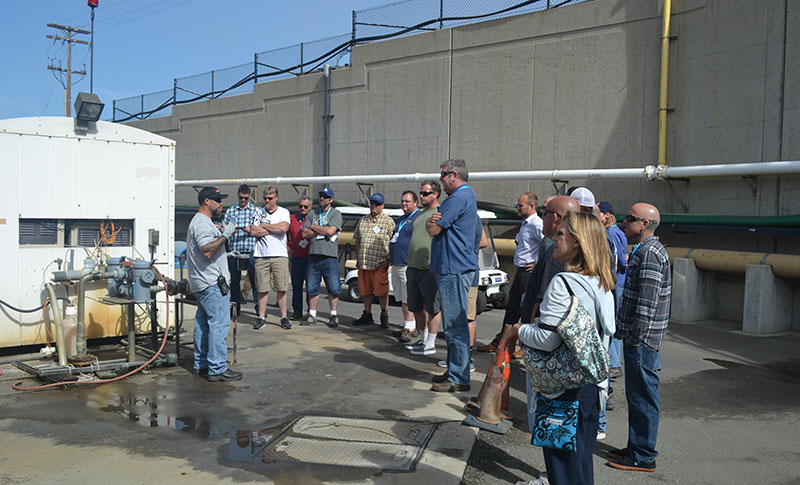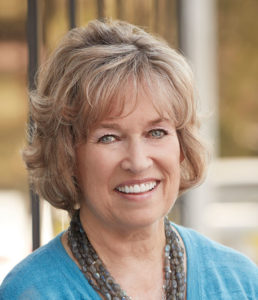Expert Advice: Key Steps to Public Outreach

Public outreach programs can reap multiple benefits for utilities and other public agencies, including community support for projects and utility rate increases; third-party credibility with community and policymakers; increased awareness among community members about project issues; lasting relationships with community leaders; and, in many cases, better decisions.
An effective public outreach program takes effort and resources if you want to maintain public awareness, involvement and support for projects and programs.

Patricia Tennyson, Executive Vice President, Katz & Associates
Here are some key things to consider:
- Maintain a consistent, ongoing communication program. Avoid communicating only when there is need for approval or cooperation, rates have increased, or a problem has occurred – this is not the time to “introduce” your organization to the community.
- Establish a comprehensive communication program. Just as organizations have guidance documents for their operations or capital improvement programs, they also need a planned path forward for public outreach. Organizations need a written, structured, methodical and strategic communication plan to guide public outreach efforts.
- Make sure project teams are multidisciplinary and include communication professionals. Every project requires a dedicated team of professionals working together – and a successful team will include communication professionals from project inception to completion.
- Invite the community to help with your homework. To maximize understanding of what the community wants and to gain the most support for a project or program, invite the community to “help you do your homework.”
- Throw away the cookie cutter. Outreach for a project or program needs to fit the community.
- Gain agreement on project/program purpose and need. Clarity of purpose and need is essential to develop clear and effective communication.
- Watch your language! Leave technical industry jargon out of presentations and informational materials unless it is impossible not to do so (and then explain what you mean in clear language).
- Define what public involvement means to you. Align community member expectations for public participation with what the agency is willing to commit to and able to deliver.
- Use the input you asked for. Using the community input you requested helps build community support.
- Understand that social media is here to stay. Social media platforms are just another set of communication tools, and you need to customize them to fit your audiences. Choosing the right engagement techniques and online tools can enhance a project. Keep in mind that audiences and interested parties change as a project progresses through siting, design and construction phases and social media can speed up the need for your response.
Having a comprehensive communication plan isn’t that hard, but it takes effort and resources. It can’t be neglected or left on the cutting room floor when project budget reductions are required. Time and again, organizations have learned that devoting modest funds to public outreach at the beginning of a project will significantly reduce the chances of spending larger sums midstream when communities feel uninvolved or uninformed.
ENGAGE! Public Participation Practice Training:
Does your project call for public engagement, but you don’t know where to start?
Next week, Katz & Associates is co-hosting a public participation practice session in San Diego.
CLICK HERE TO REGISTER!
Want an ENGAGE! training in your area? Click here.
Originally published on the Katz & Associates blog. Republished with permission.

